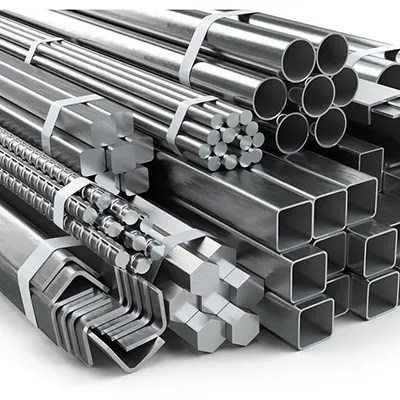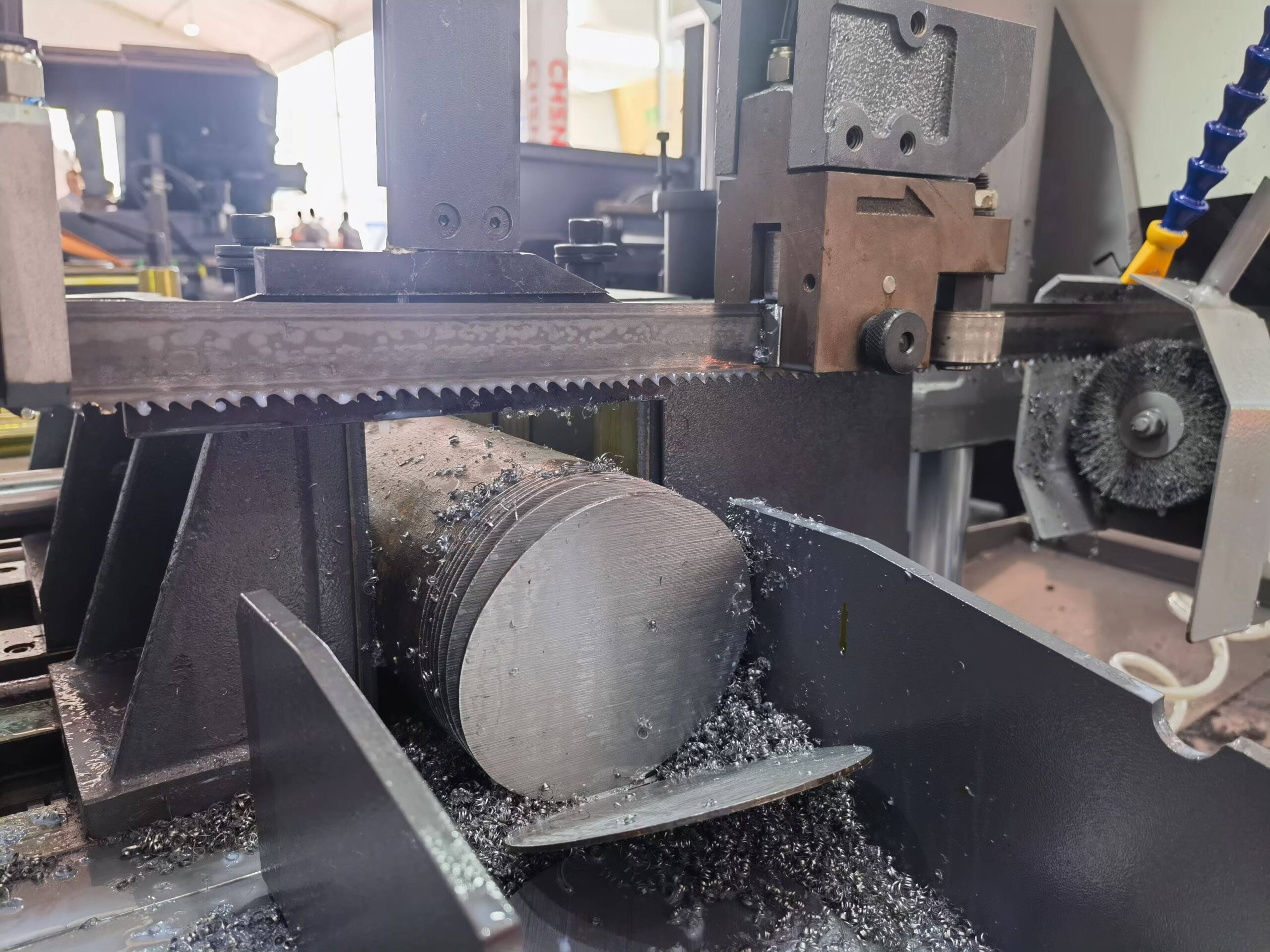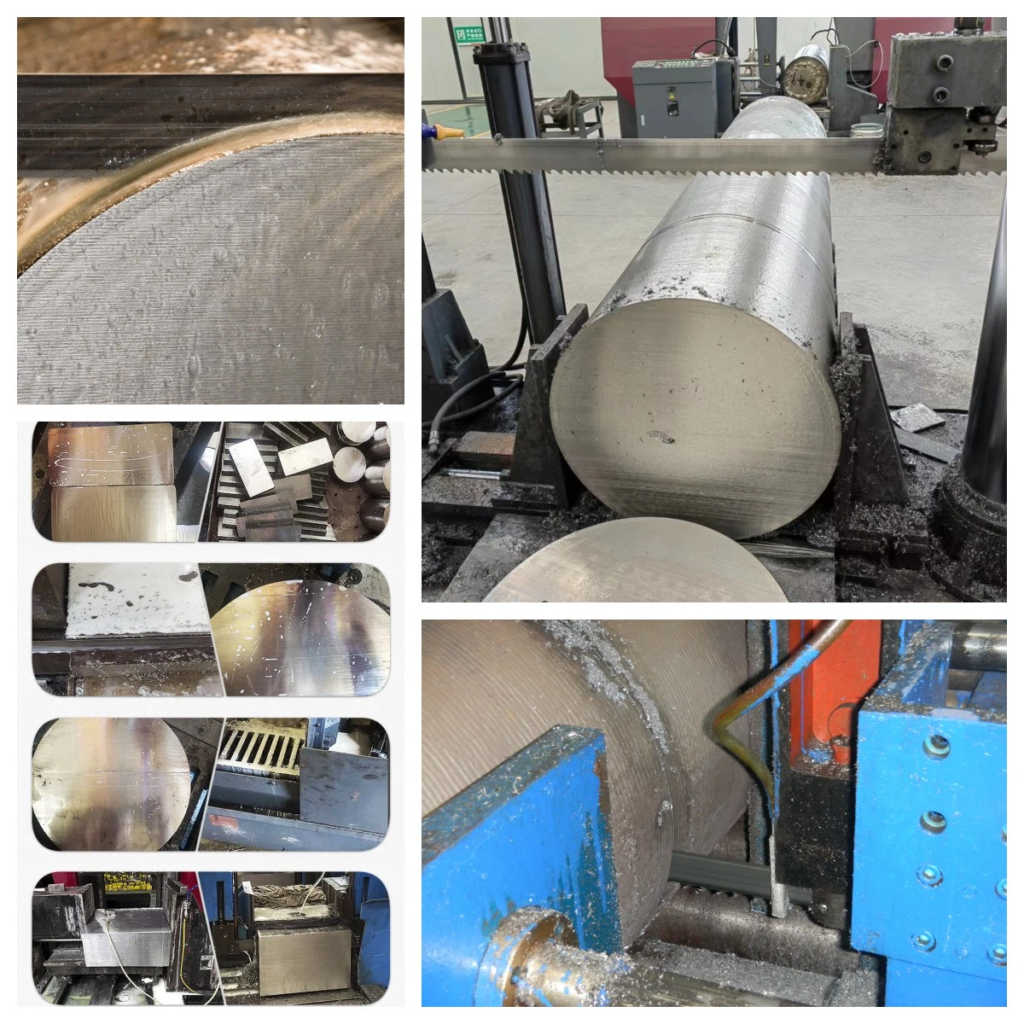Choosing the right metal cutting blade is crucial for efficiency, precision, and safety.
Whether you're a metal processing company or a band saw blade supplier, selecting the right blade impacts the quality of cuts and the longevity of your equipment. With numerous options available, making the wrong choice can lead to wasted materials, time, and money. Let’s explore how to choose the best blade for your specific needs.
A raker tooth pattern is recommended for most metal cutting applications, offering balance and precision. Consider wave tooth patterns for better control for thinner sections like tubing or angles.
Now, dive deeper into blade selection, material compatibility, and safety considerations.
What is the 3-Tooth Rule for Bandsaw Blades?
The "3-tooth rule" ensures a smooth and efficient cut. Always maintain at least three teeth in contact with the workpiece. Failing to do so risks stripping the blade’s teeth and damaging your materials.
- How to measure TPI: Count the teeth along one inch of the blade. This gives you the "teeth per inch" (TPI).
- Recommendations:
- Thin materials: Opt for a higher TPI (10/14;14/18).
- Thicker materials: Use a lower TPI (0.75/1;1.4/2; 2/3) for faster, rougher cuts.
Do You Need a Special Blade to Cut Metal with a Bandsaw?
Metal cutting demands specific blade types, typically categorized by material and design.
- Bi-metal blades: These are the most versatile, capable of cutting materials like:
- Carbon steel
- Tool steel
- Stainless steel
- Structural steel
- Tubing and die steel
- Carbide-tipped blades: Ideal for high-performance cutting in tough or abrasive metals.
- Carbon steel blades: Cost-effective but best suited for softer metals or low-volume applications.
For businesses cutting mixed materials, bi-metal blades are a reliable all-rounder.
How Many TPI Do You Need for a Metal Bandsaw Blade?
TPI (teeth per inch) directly influences the blade’s performance and the finish of the cut.
- General TPI guidelines:
- 2–4 TPI: Best for thick metals like beams and large rods.
- 5–8 TPI: Suitable for medium-thickness metals.
- 10–14 TPI: Perfect for thin sheets, pipes, and intricate cuts.
- Pro tip: Match the TPI to the thickness of your material. For example, cutting a thin pipe with a low-TPI blade may lead to chipping or an uneven cut.
How Do I Know What Size Bandsaw Blade I Need?
The size of your blade depends on the type of cuts and the material being processed.
- Width:
- Narrow blades: Better for intricate curves and precision work.
- Wider blades: Ideal for straight cuts in heavy-duty materials.
- Thickness: Choose a blade that aligns with your machine’s capability to prevent overloading.
- Length: Ensure the blade fits your specific bandsaw model.
Use a blade with fewer teeth and a narrower width for tight curves or delicate cuts.
Safety Tips for Using Metal Cutting Blades
Metal cutting blades require careful handling and adherence to safety protocols:
- Wear protective gear: Always use gloves, safety goggles, and ear protection.
- Maintain proper tension: An overtightened blade can snap, while a loose blade may cause uneven cuts.
- Inspect regularly: Check for dull teeth, cracks, or wear before each use.
- Use a coolant: Coolants reduce friction and prolong blade life during intense cutting operations.
By following these tips, you ensure safer operations and extend the life of your blades.
Conclusion
Selecting the right metal cutting blade involves understanding your materials, machine, and specific cutting needs. You can enhance your cutting efficiency and safety by considering factors like tooth pattern, TPI, and blade material.
Need expert advice or premium band saw blades? Contact us today to find the perfect solution for your business needs.





